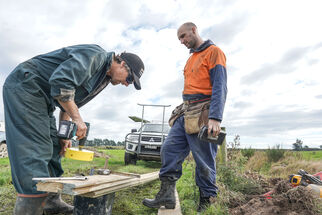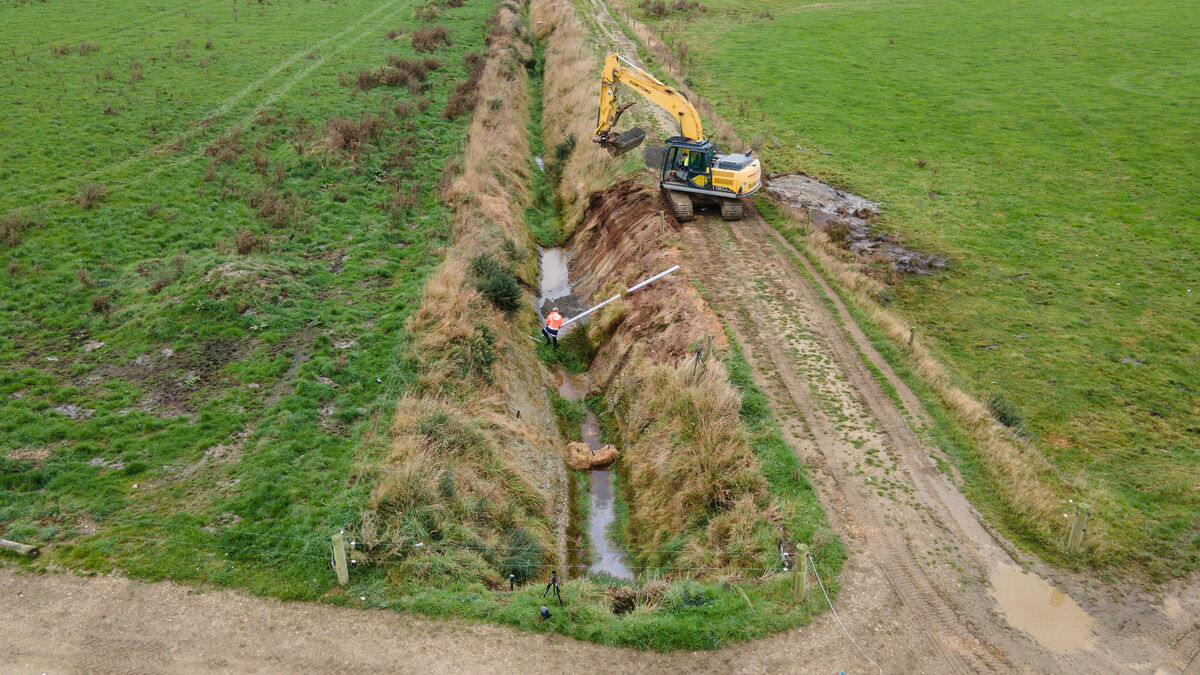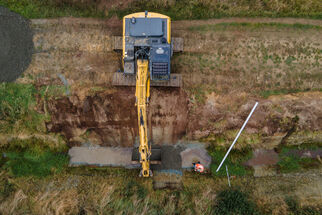

Regulatory barriers to on farm action
Environmental mitigations on private land can sometimes require a resource consent under the Resource Management Act 1991. This ensures that any activity impacting the environment is appropriately managed and regulated. The process involves several stages and can take several months to complete.
Costs can vary from a few hundred to hundreds of thousands of dollars, depending on requirements. Unclear regulatory guidance also makes it difficult for projects to comply.
These barriers can discourage restoration efforts, lead to long delays and increase the overall cost of projects.
What is the project?
We reviewed the impact of regulatory processes on projects undertaken by Living Water and suggest options for improving the process for applications providing environmental benefit in the agricultural sector. By highlighting the challenges and proposing solutions, the objective was to primarily assist regional and district authorities in simplifying their regulatory processes.
What experience did Living Water have with the consenting process and costs?
As part of the Living Water Ararira/LII River project two sediment traps were constructed. These simple inline structures allow sediment to collect in one point on a stretch of drain and restrict mechanical removal of silt to this one area rather than the entire drain. The environmental benefits in not disturbing habitat and reducing sediment discharges are significant. The resource application process necessitated three resource consent applications at a cost of $11,837, including a $730 cost for compliance monitoring to approve the erosion and sediment plan proposed in the application.
The consenting costs were more than four times the cost of constructing the two sediment traps ($2,500). Ownership of these consents at the end of the trial is also an issue and may require the consents to be surrendered and sediment traps left to fill in naturally.
A proposal for a 4-hectare wetland in the Ararira/LII catchment of Selwyn District required multiple consents and took almost 12 months to complete the consenting process. The estimated cost for both consent and consultant fees exceeded $40,000. The application could have been improved with more detailed information and alternative cost-saving solutions. Despite positive consultation with the Council, the project is unlikely to proceed due to cost constraints.
Consenting costs are high, particularly for small-scale on-farm interventions such as sediment traps, which are important for making improvements to freshwater quality. High costs combined with lengthy time delays may be discouraging action by landowners.
What was learnt and what’s recommended?
There are many ways the process of obtaining resource consents could be streamlined and simplified, and the costs reduced. This project identified seven areas where action could be taken:
- Application guidebooks/checklists
- Plan changes/submissions
- Global consents
- Permitted activity status
- Promoting funding sources
- Community group engagement process
- Advocacy
Download the full reports above for more information.
